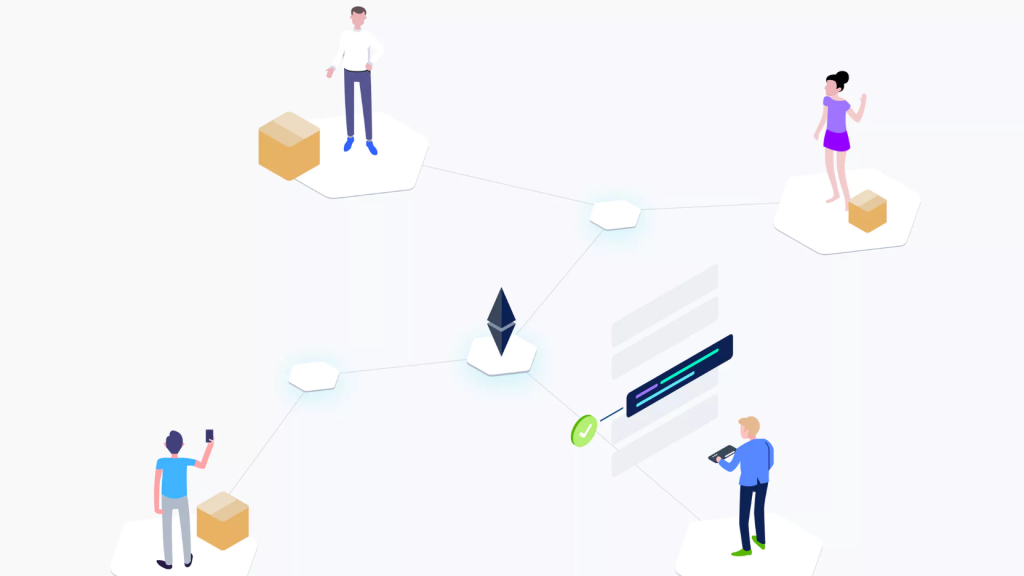We’ve written posts about counterfeit medication, such as what the supply chain is, the dangers of fake medicines, and how pharmaceutical companies are taking steps to combat it. Today we’ll be talking about how fake drugs enter the market.
Before getting to the first part of the medicine supply chain, however, we have to acknowledge there is not just one chain. Every ingredient has its own supply chain before it ever becomes a drug, and manufacturers can be fooled. However, name brands tend to spend more on quality control in terms of these ingredients and produce the active ones in their own labs. Each company which produces generic drugs is different, and it can only help to research them before taking their medicines.
Manufacturers
The first link in the drug supply chain is the manufacturer. Here is the most common place for a counterfeit drug or ingredient to enter circulation, as there are many different ways for drugs to be counterfeit. The ingredients could be wrong, in the wrong dosage, or just completely missing. Sometimes the wrong drug ends up in bottles, and sometimes placebos are sold instead of actual medicines.
A counterfeit manufacturer can be a small lab or a huge factory operation. Often, they produce and package fake medicines to look like real ones, and to most people they are indistinguishable. Quality control is incredibly important here, as it protects patients later on down the line. While legitimate manufacturers will have their own QA divisions, counterfeit operations will lie about their credentials to distributors.
Distributors
Now, it doesn’t help the counterfeiters if they make the medicine and can’t sell it. In many countries, the manufacturer does not sell to anyone but a distribution company (and a few other entities, such as government programs and labs), so distribution networks need to be set up to ensure that the fake goods take the place of real ones.
Sometimes, these operations are incredibly sophisticated, using tracking technologies to infiltrate existing legitimate networks in places where security isn’t as tight or barcode scams that take advantage of delays in mass scans. Sometimes, these operations are incredibly simple, on the level of just shipping the drugs to a pharmacy and getting paid for them, regardless of what the product is or where it came from. There are many ways that drugs can enter between the manufacturer and the distributor, or the distributor and the pharmacy.
Pharmacies
The pharmacy is the crux of the problem. Chances are if you go to a local pharmacy or a large retail chain, and buy name brand (or even store brand) drugs, you’ll be getting the real deal. However, patients are increasingly turning to online pharmacies to buy medicine, as the prices can be vastly lower than the list price. Often, the drugs bought from online pharmacies will come from different countries, with promises that the label might look strange, but the medicine is the same. And sometimes it is! But most of the time it isn’t.
Thanks to the rising cost of pharmaceutical products around the world, patients will risk buying counterfeit medicines because they often can’t afford required drugs. Online pharmacies, especially ones based in countries with loose regulations, have every incentive to sell an inferior or counterfeit product, as the profit is still immense. Governments shut down online pharmacies all the time, but they keep springing up, as there is a worldwide demand for cheaper drugs.
IDLogiq is working hard to solve these problems using blockchain technology. By streamlining and standardizing supply chain tracking, we can combat fake drugs more easily. Stay tuned for our latest developments.
